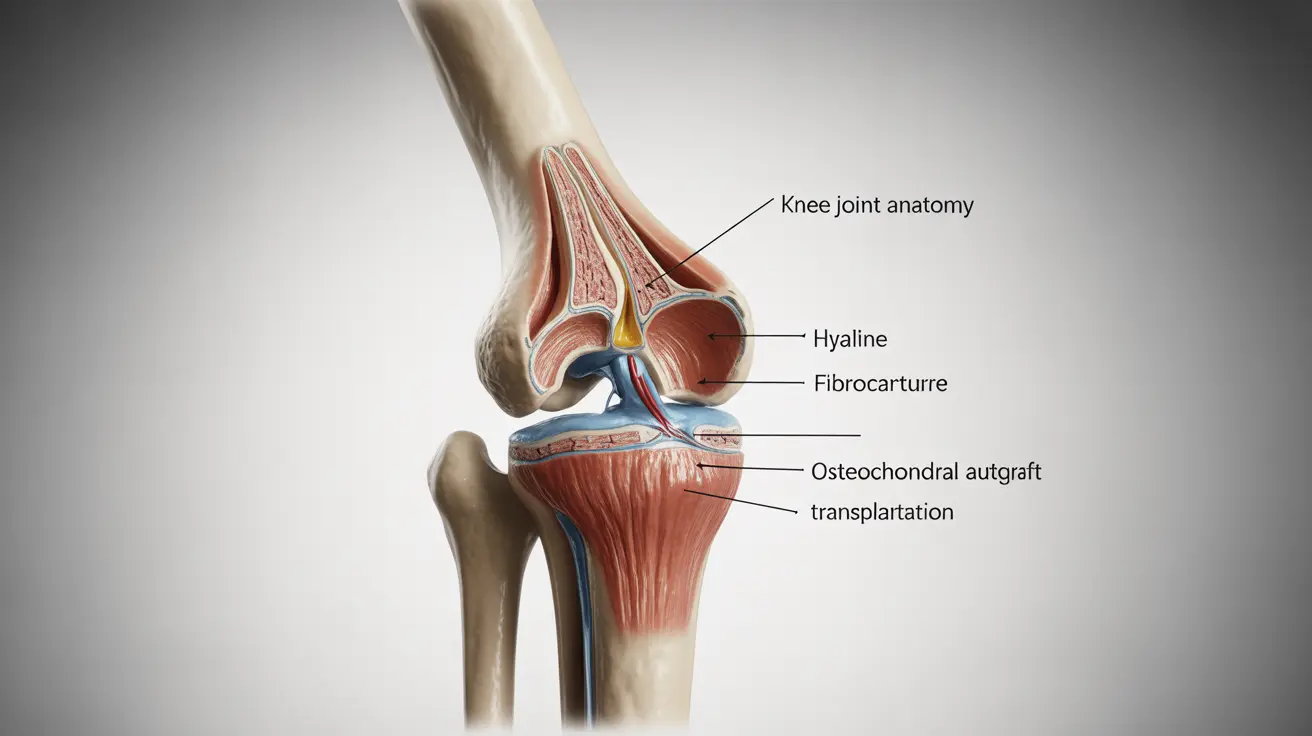Defining ROI in Corporate Wellness
ROI in corporate wellness involves calculating the economic benefits that result from health and wellness initiatives compared to the costs incurred in implementing these programs. This includes direct savings such as reduced healthcare expenses and indirect benefits like enhanced productivity and lower turnover rates. By investing in employee health, companies can achieve measurable financial returns, making wellness programs a strategic investment rather than just an additional expense.
Importance of Employee Health
Healthy employees are the cornerstone of a successful organization. When employees are physically and mentally well, they are more likely to be engaged, productive, and satisfied with their jobs. This, in turn, leads to improved performance, higher morale, and reduced absenteeism. Investing in wellness programs helps prevent chronic diseases, manage stress, and promote healthier lifestyles, which translates to fewer sick days and lower medical costs. Furthermore, a robust wellness program can enhance the company’s reputation as a caring employer, attracting and retaining top talent.
Statistical Evidence and Financial Benefits
Statistical Evidence
Multiple studies highlight the positive ROI of corporate wellness programs. For example, a study by Harvard Business Review found that for every dollar spent on wellness programs, medical costs fall by about $3.27, and absenteeism costs fall by about $2.73. Another study from the Society for Human Resource Management (SHRM) reported that companies with wellness programs experienced a 25% reduction in sick leave and a 32% reduction in workers' compensation and disability costs. These statistics illustrate that investing in employee health not only improves individual well-being but also provides significant financial returns for the organization.
Financial Benefits
The financial benefits of corporate wellness programs are manifold. Firstly, reduced healthcare costs are a direct benefit. By promoting preventive care and healthy lifestyle choices, wellness programs help employees avoid chronic diseases, leading to fewer medical claims and lower healthcare expenses. Secondly, lower absenteeism is a notable advantage. Healthier employees are less likely to take sick leave, which means fewer disruptions in workflow and less productivity loss. Additionally, increased productivity is a critical economic benefit. Employees who are physically and mentally well are more engaged and efficient, contributing to higher overall productivity. Companies also benefit from reduced turnover rates, as wellness programs improve job satisfaction and loyalty.
Future Outlook with GetLabTest.com
Sustaining Wellness Initiatives
Maintaining and evolving wellness programs is crucial for your long-term success. As employee needs and workplace dynamics change, wellness programs must be flexible and responsive. Regularly updating and enhancing wellness initiatives ensures that they remain relevant and effective. Companies should continually assess the health needs of their employees and adjust their programs accordingly. By sustaining wellness initiatives, organizations can create a culture of health that supports employee well-being and productivity in the long run. This sustained effort not only helps in retaining top talent but also ensures consistent improvements in employee health outcomes.
Technological Advancements
Emerging technologies play a pivotal role in enhancing the effectiveness of wellness programs. Platforms like GetLabTest.com leverage advanced technologies to provide AI-driven health insights, telehealth services, and comprehensive health data management. AI can analyze vast amounts of health data to identify patterns and provide personalized health recommendations, helping employees make informed decisions about their well-being. Telehealth services offer convenient access to medical professionals, making it easier for employees to seek medical advice and support without disrupting their work schedules. These technological advancements not only improve the efficiency of wellness programs but also make them more engaging and user-friendly for employees.
Long-term Benefits
The long-term financial and health benefits of investing in continuous improvement of wellness programs are substantial. Companies that prioritize ongoing investment in employee wellness are likely to see sustained reductions in healthcare costs and absenteeism, along with continuous gains in productivity. Over time, a well-maintained wellness program can lead to a healthier workforce, lower insurance premiums, and a positive corporate reputation as an employer that values and invests in its employees’ well-being. Additionally, as technologies like those offered by GetLabTest.com evolve, they will continue to enhance the precision and impact of wellness initiatives, ensuring that companies can adapt to new health challenges and opportunities effectively.
The future of corporate wellness programs looks promising with sustained investment and technological innovation. Platforms like GetLabTest.com will be instrumental in driving these positive outcomes, providing companies with the tools and insights needed to foster a healthier, more productive workforce. The long-term benefits of such initiatives are clear, making them a strategic priority for forward-thinking organizations.
Practical Steps to Implementing a Successful Wellness Program
Step 1: Conducting a Needs Assessment
The first step in implementing a wellness program is to conduct a thorough needs assessment. This involves gathering data on the health needs and preferences of employees through surveys, focus groups, and health risk assessments. Understanding the specific health challenges and interests of the workforce allows HR professionals to design a program that addresses real issues. GetLabTest.com can assist in this process by offering health screenings that provide valuable insights into the overall health status of employees.
Step 2: Designing a Tailored Wellness Program
Once the needs assessment is complete, the next step is to design a tailored wellness program. This involves creating a customized plan that includes a variety of wellness activities and resources that cater to different employee needs. Tips for this step include incorporating physical fitness activities, mental health support, nutritional guidance, and preventive health measures. GetLabTest.com’s platform offers comprehensive tools for designing these wellness programs, including access to telehealth consultations and personalized health recommendations based on AI-driven insights.
Step 3: Leveraging Technology with GetLabTest.com
Leveraging technology is crucial for the effective implementation of a wellness program. GetLabTest.com provides a robust platform that integrates health screenings, telehealth services, and AI-driven health insights. These tools help in monitoring employee health, providing timely medical advice, and offering personalized health recommendations. The platform’s secure data management ensures that all health information is kept confidential while being easily accessible for analysis and follow-up.
Step 4: Monitoring and Evaluation
Continuous monitoring and evaluation are essential to the success of any wellness program. Strategies for this step include tracking participation rates, measuring health outcomes, and collecting employee feedback. Using digital tools, HR professionals can gather data on how employees are engaging with the program and what health improvements are being achieved. GetLabTest.com’s platform can generate reports and analytics to help in this evaluation process. Regularly reviewing this data allows for the program to be refined and improved, ensuring that it remains effective and relevant to employee needs.
By following these practical steps and utilizing the comprehensive tools provided by GetLabTest.com, HR professionals and business leaders can implement a successful corporate wellness program. This not only enhances employee health and well-being but also contributes to a more productive and positive workplace.
Also featured in: Business Insider




